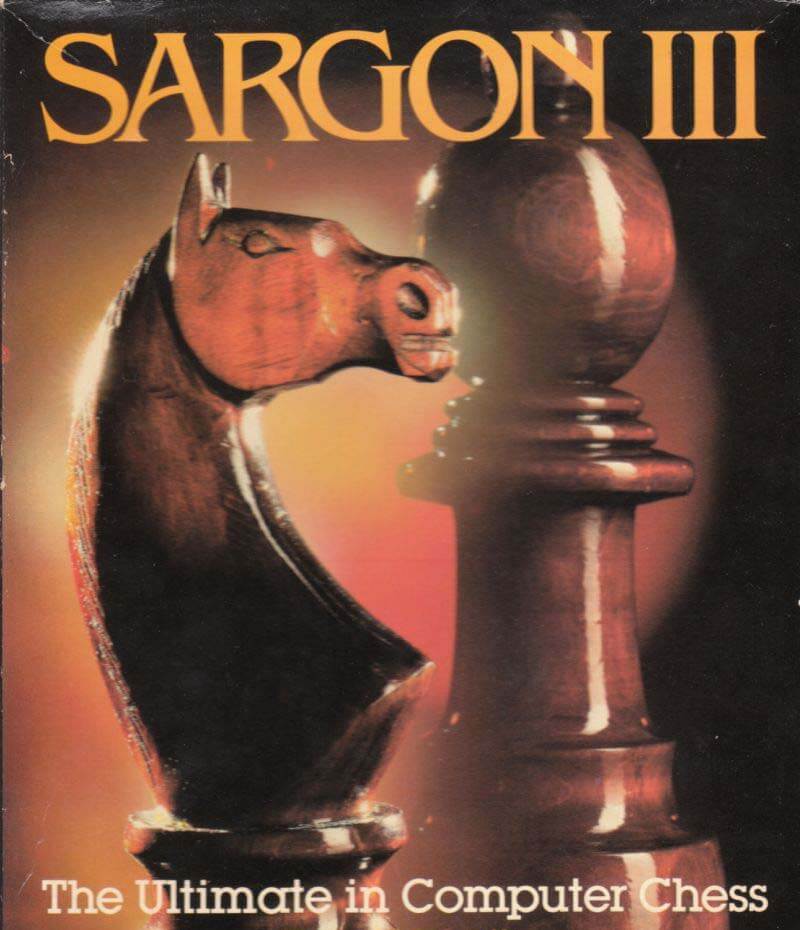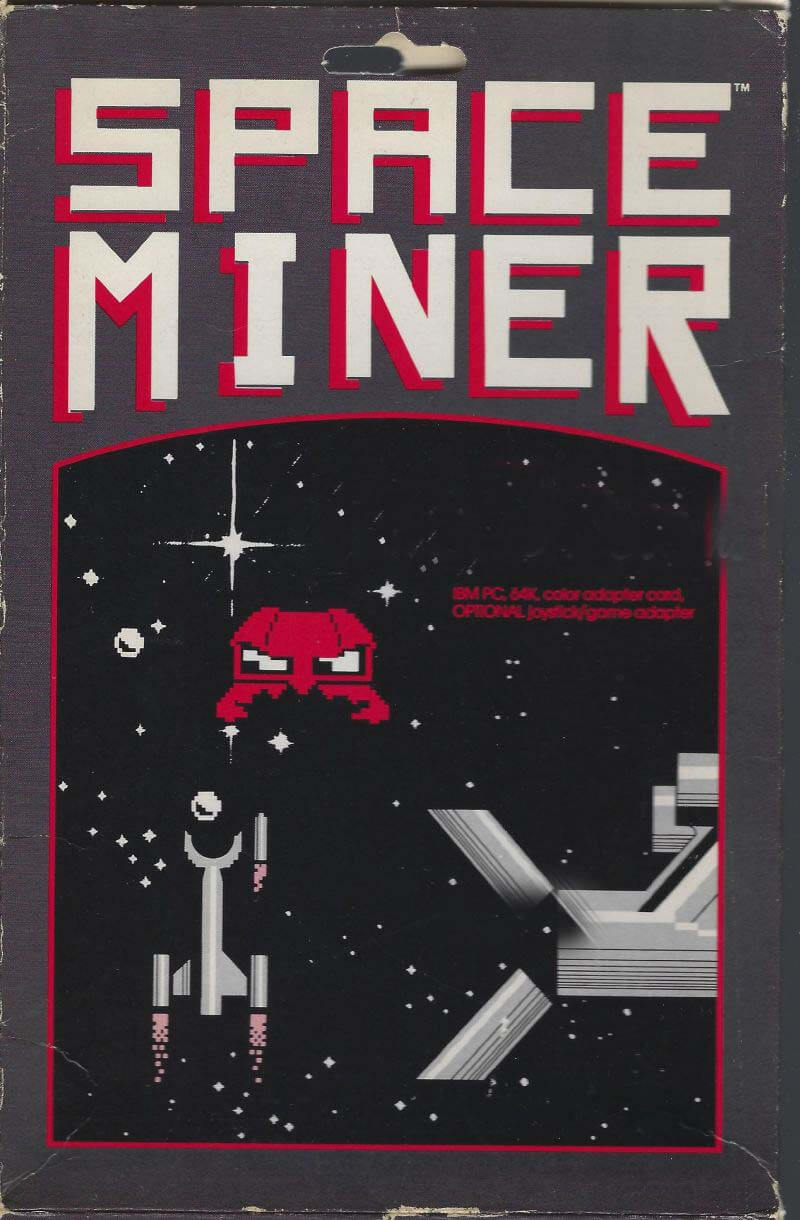
Download 3-D Tic-Tac-Toe (Creative Computing Software)
3-D-Tic-Tac-Toe_Apple-II_EN.zipIn 1978, the world of computer games took a significant leap forward with the release of 3-D Tic-Tac-Toe, developed by Creative Computing Software. This innovative game brought a new dimension—quite literally—to the classic game of tic-tac-toe, challenging players in ways they had never experienced before. In this article, we’ll explore the history, gameplayand lasting impact of 3-D Tic-Tac-Toe, understanding how this game became a beloved classic.
A Brief History of 3-D Tic-Tac-Toe
3-D Tic-Tac-Toe was released in 1978, during an era when computer games were in their infancy. Developed by Creative Computing Software, a company known for pioneering early computer entertainment and education, this game was ahead of its time. It was designed to be played on computers like the Atari 400/800 and later on systems such as the IBM PC, showcasing the advanced computing capabilities of the time.
The idea was simple yet revolutionary: take the well-known game of tic-tac-toe and add a third dimension. This concept created a more complex and strategic game, pushing players to think in three-dimensional terms. 3-D Tic-Tac-Toe was not just a game; it was a brain exercise, testing spatial awareness and strategic thinking.
Understanding the Gameplay
3-D Tic-Tac-Toe takes the traditional two-dimensional board and transforms it into a three-dimensional cube, consisting of four levels. Each level has a 4×4 grid, resulting in 64 possible positions for the players’ marks, significantly more than the traditional 3×3 grid.
Players take turns placing their marks (either X or O) on the grid, aiming to align four of their marks vertically, horizontally, or diagonally across any of the four levels. The addition of multiple levels adds a layer of complexity, requiring players to visualize moves in three-dimensional space and strategize accordingly.
This game can be played against another human player or the computer, which, at the time, was a significant technological advancement. The AI provided a challenge even for experienced players, making 3-D Tic-Tac-Toe not just a game against an opponent but also against the burgeoning era of computing itself.
The Lasting Impact of 3-D Tic-Tac-Toe
While 3-D Tic-Tac-Toe might not be as well-known as other games from the late 70s and early 80s, its impact on gaming and computer science is undeniable. It demonstrated the potential of computer games to offer not only entertainment but also intellectual challenge and educational value. The game encouraged spatial thinking and strategic planning, skills that are crucial in many areas of life and work.
Moreover, 3-D Tic-Tac-Toe was a testament to the evolving capabilities of personal computers and gaming software. It illustrated how computers could create complex virtual spaces and AI capable of challenging human intelligence. This game paved the way for future developments in 3D gaming and artificial intelligence in gaming, showing early on what was possible with the technology of the time.
In addition to its technological significance, 3-D Tic-Tac-Toe holds a place in the hearts of those who played it during their youth. For many, it was an introduction to the world of computer games, a window into the fascinating possibilities that these machines could offer beyond mere calculations and data processing.
Conclusion
3-D Tic-Tac-Toe, while a simple concept, represented a significant step forward in the world of computer gaming. It challenged players to think beyond the flat, two-dimensional space of traditional tic-tac-toe, offering a more complex and strategic game that tested the mind in new ways. As we look back on this game, we can appreciate not only its role in advancing computer game design but also its contribution to the development of cognitive and strategic thinking.
Today, 3-D Tic-Tac-Toe stands as a classic example of how games can evolve and adapt, pushing boundaries and challenging players in new dimensions. The legacy of this innovative game continues to live on, reminding us of the early days of computer gaming and the endless possibilities that still lie ahead.
The journey of 3-D Tic-Tac-Toe from a 1978 classic to a beloved piece of gaming history is a testament to the power of innovation and creativity in the world of computer games. As we continue to explore new gaming frontiers, let’s remember the games like 3-D Tic-Tac-Toe that paved the way, challenging us to think bigger, beyond the confines of the traditional game board.





